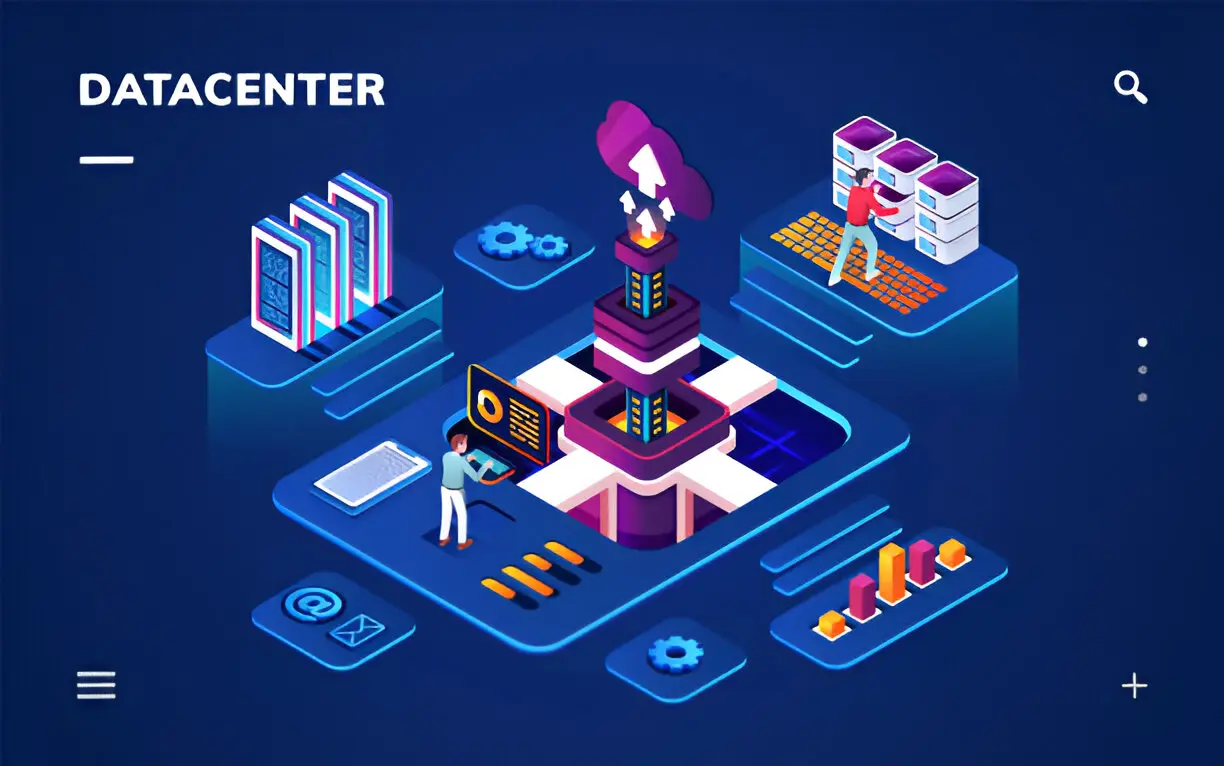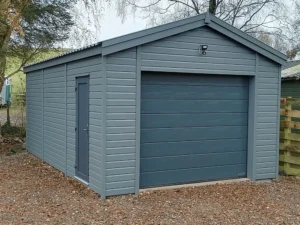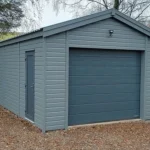Building a modern data centre requires coordinating complex engineering, regulatory, and business requirements over 18-36 month development timelines. End-to-end data centre development encompasses everything from initial site selection through final commissioning and operational handover. Industry analysis shows that 65% of data centre projects exceed initial budgets by 20-40%, primarily due to inadequate planning and scope changes during construction. Successful projects follow structured development methodologies that address power infrastructure, cooling systems, security requirements, and regulatory compliance from project inception through operational readiness testing.
Site Selection and Infrastructure Assessment
The foundation of any successful data centre project starts with finding the right location. Power availability is absolutely critical – you need access to at least 10-20 megawatts of reliable electrical power, and preferably access to redundant power grids from different substations. Many potential sites look perfect until you discover the local electrical infrastructure can’t support data centre power demands.
Connectivity infrastructure matters just as much as power. Fiber optic cables from multiple internet service providers need to be available, preferably with diverse routing paths to prevent single points of failure. The best sites have access to internet exchange points or major network hubs that provide low-latency connections to cloud services and content distribution networks.
Environmental factors can make or break a data centre project. You want locations with moderate climates to reduce cooling costs, low natural disaster risks, and stable geological conditions. Flood plains, earthquake zones, and hurricane corridors significantly increase construction costs and insurance requirements.
Zoning and regulatory approval processes vary dramatically by location. Industrial zoning is usually required, but many jurisdictions have specific data centre zoning classifications with different requirements for noise levels, traffic patterns, and environmental impact. Starting the permitting process early is crucial because approvals can take 6-12 months.
Power Infrastructure Design and Implementation
Power system design is probably the most complex part of data centre development. You’re not just providing electricity – you’re creating multiple layers of backup systems that can maintain operations during extended outages. The typical design includes utility power from two different substations, on-site diesel generators, and uninterruptible power supply (UPS) systems.
Electrical distribution systems need to handle massive power loads efficiently and safely. Modern data centres use 480V three-phase power distribution with step-down transformers for different equipment types. The electrical design must account for power factor correction, harmonic distortion, and load balancing across multiple electrical phases.
Generator systems require careful sizing and fuel management planning. Most facilities need enough generator capacity to run at full load for 72+ hours, which means substantial diesel fuel storage with automatic refueling contracts. Generator testing and maintenance schedules are critical for ensuring reliability when backup power is actually needed.
UPS systems provide seamless power transfer during utility outages and generator startup sequences. Battery systems need to provide 10-15 minutes of backup power, which requires thousands of individual battery cells with monitoring systems that track performance and predict replacement needs.
Cooling System Architecture and Environmental Controls
Cooling system design has evolved dramatically in recent years as server power densities have increased. Traditional computer room air conditioning (CRAC) systems are being replaced by more efficient solutions like in-row cooling, liquid cooling, and free cooling systems that use outside air when temperatures permit.
Computational fluid dynamics (CFD) modeling helps optimize airflow patterns and identify potential hot spots before construction begins. The goal is to maintain server inlet temperatures between 68-77°F while minimizing energy consumption. Hot aisle/cold aisle containment systems improve efficiency by preventing mixing of hot and cold air streams.
Redundant cooling systems are essential for maintaining operations if primary cooling equipment fails. N+1 redundancy means you have at least one backup cooling unit for every primary unit. Many facilities use 2N redundancy with completely separate cooling systems that can each handle the full facility load.
Humidity control and air filtration protect sensitive electronic equipment from environmental damage. Relative humidity should be maintained between 40-60% to prevent static electricity buildup and component corrosion. HEPA filtration systems remove particulates that could damage electronic components.
Security Systems and Access Controls
Physical security systems for data centres require multiple layers of protection starting at the property perimeter. Fencing, lighting, and surveillance cameras create the first security zone. Vehicle barriers and access controls prevent unauthorized vehicle access to the facility.
Building entry systems typically use card readers, biometric scanners, and mantrap entry doors that prevent tailgating. Each access point is monitored and logged, with alerts for unusual access patterns or unauthorized access attempts. Visitor management systems track guest access and ensure proper escort procedures.
Interior security zones provide graduated access control based on job function and clearance level. Server floor access might require additional authentication, while network operations centers and electrical rooms have even more restrictive access controls.
Surveillance systems use high-definition cameras with motion detection and video analytics. Modern systems can automatically identify unusual behavior patterns and alert security personnel to potential threats. Video storage systems maintain recordings for extended periods to support investigations and compliance requirements.
Network Infrastructure and Connectivity Planning
Network infrastructure design must support current operations and future growth requirements. This includes structured cabling systems, network switching equipment, and connections to external internet service providers and cloud platforms.
Structured cabling systems use fiber optic cables for high-speed connections and copper cabling for management and power distribution. Cable management systems organize and protect thousands of individual cables while allowing for changes and additions as requirements evolve.
Network switching infrastructure provides connectivity between servers, storage systems, and external networks. High-availability designs use redundant switches and diverse cable routing to prevent single points of failure. Software-defined networking capabilities enable rapid provisioning and management of network resources.
Internet connectivity requires agreements with multiple service providers to ensure redundancy and performance. Direct connections to cloud service providers like AWS, Azure, and Google Cloud reduce latency and data transfer costs for businesses using hybrid cloud architectures.
Testing, Commissioning, and Operational Handover
Commissioning and testing procedures validate that all systems work as designed before the facility becomes operational. This includes individual component testing, integrated system testing, and full-load testing that simulates actual operating conditions.
Power system testing verifies generator operation, UPS functionality, and electrical distribution performance under various load conditions. Load bank testing simulates full electrical loads to ensure systems can handle peak demand situations.
Cooling system commissioning involves airflow testing, temperature mapping, and efficiency verification. Smoke testing reveals airflow patterns and identifies potential problems with containment systems.
Operational procedures and documentation must be completed before facility handover. This includes maintenance schedules, emergency procedures, monitoring and alerting systems, and staff training programs. The goal is ensuring the facility can operate reliably from day one of production use.
Also Read-Online Lead Generation Techniques for Professional Services










